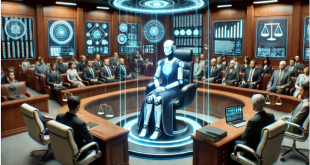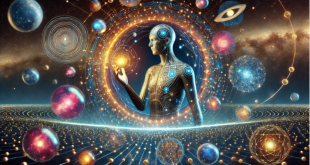From Simple Connections to Global Communities
Social media has transformed the way in which we connect with each other, share information, and live our lives. It started as something that could help people connect friends but eventually evolved into an instrument capable of changing politics, culture, and business. Here’s looking into the incredibly inspiring journey of social media and its impact over the decades.
The Genesis of Social Media (1990s – Early 2000s)
The seeds of social media started in the 1990s with platforms such as Six Degrees in 1997 and Friendster in 2002. These early networks allowed users to create profiles and connect others but had very limited functionalities.
Then came MySpace in 2003, which revolutionized how people interacted with each other. User-generated content included profile settings to amend one’s personal content, include music, and even blog posts. Before MySpace, that dynamic was not seen.
The Golden Age of Social Media Platforms (2004–2010)
Platforms that now dominate the landscape emerged in the mid-2000s.
Facebook (2004): Originally for college students, Facebook redefined social networking with a focus on real-name profiles and personal connections
YouTube (2005): video sharing becomes the place for entertainment, tutorials, and vlogs, cementing the rise of influencers and content creators.
Twitter (2006): Its microblogging feature with a 140-character limit marked the beginning of real-time news and global conversations at the same time.
This period saw the advent of professional networking in LinkedIn, while Flickr was recognized for its photo sharing. People can now see how niche-specific platforms are better suited to address concentrated needs.
The Mobile Revolution (2010–2015)
Smartphones changed everything. Instagram (2010) and Snapchat (2011) explored the realms of mobile apps with visual storytelling.
Instagram filters and aesthetic content made everybody a photography amateur.
Ephemeral content at Snapchat led to the creation of “Stories,” which were later on widely implemented by applications such as Instagram and Facebook.
While WhatsApp and WeChat changed our private communication through instant messaging and video calls.
Social Media Market (2015–2020)
A long user base naturally mushroomed business opportunities. Social media created:
Advertising: Advanced advertorial tools on Facebook and Instagram allowed business to focus on marketing campaigns based on behavior and interest of its users.
E-commerce: Companies like Instagram and Pinterest allowed shopping within the apps, making posts a virtual mall.
Influencer Marketing: All of YouTube, Instagram, and TikTok creators are now brand representatives and influencers, who can reach millions with right content.
Cultural and political impact associated with social media were viral challenges to grassroots movements like #MeToo and BlackLivesMatter.
The Contemporary Era of Social Media: Short-Form and Immersive Experiences (2020–Present)
Presently, social media is about fast, interactive content and immersive technologies:
TikTok: With its algorithm and short-form videos, TikTok has redefined entertainment and creativity.
Reels and Shorts: Other platforms quickly followed, introducing short-video formats to keep users hooked.
Live Streaming: Real-time interaction through YouTube Live, Instagram Live, and Twitch has bridged the gap between creators and audiences.
Virtual and Augmented Reality: Platforms like Facebook (now Meta) are investing in the metaverse, promising a future of 3D social interactions.
Challenges and Criticism
Despite its growth, there’s much scrutiny surrounding social media:
Privacy issues: Data breaches and user tracking alarms have sounded about digital privacy.
Misinformation: Platforms struggle to combat fake news and harmful content.
Mental Health: Excessive use of the Internet relates to anxiety, depression, and low self-esteem.
The Future of Social Media
The Future of Social Media: Excitement and Uncertainty
While innovations such as AI-driven content, decentralized platforms, and the meta verse continue to reimagine our digital interactions, there is uncertainty and possible undermining forces like ethical concerns, regulatory challenges, and user fatigue shaping its trajectory.
Conclusion
From modest beginnings to a global phenomenon, social media has changed the way we connect, communicate, and consume. As technology changes, so will the portals we use, opening up limitless opportunities –and challenges–for the digital age.


